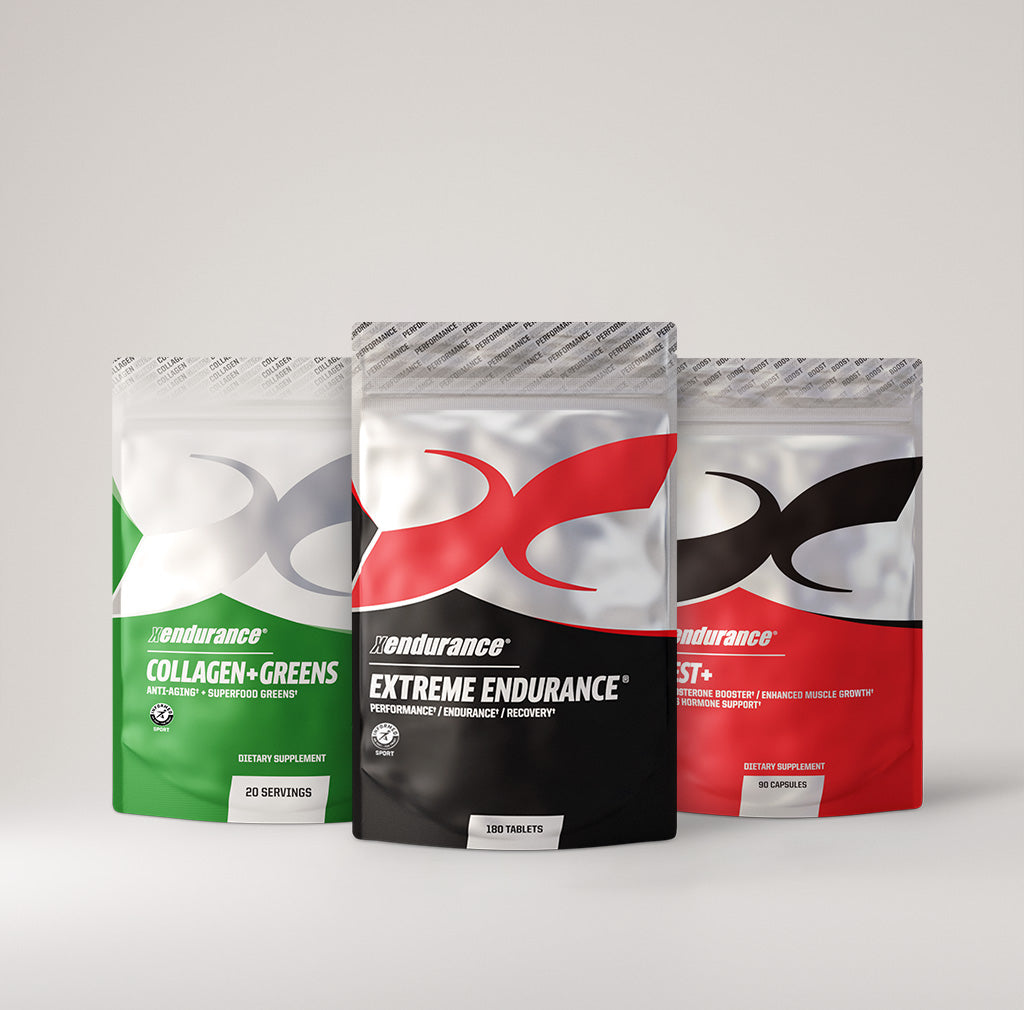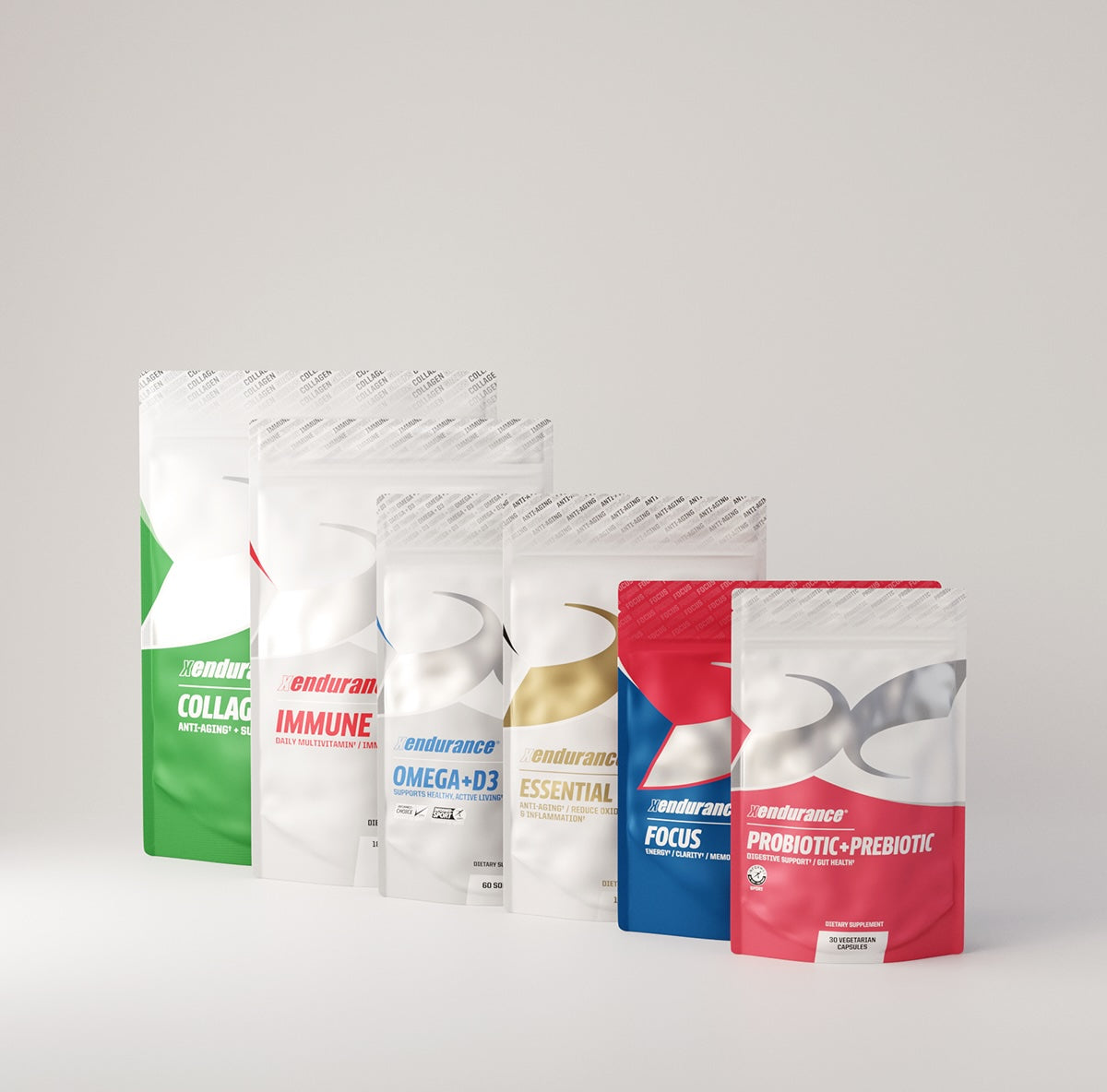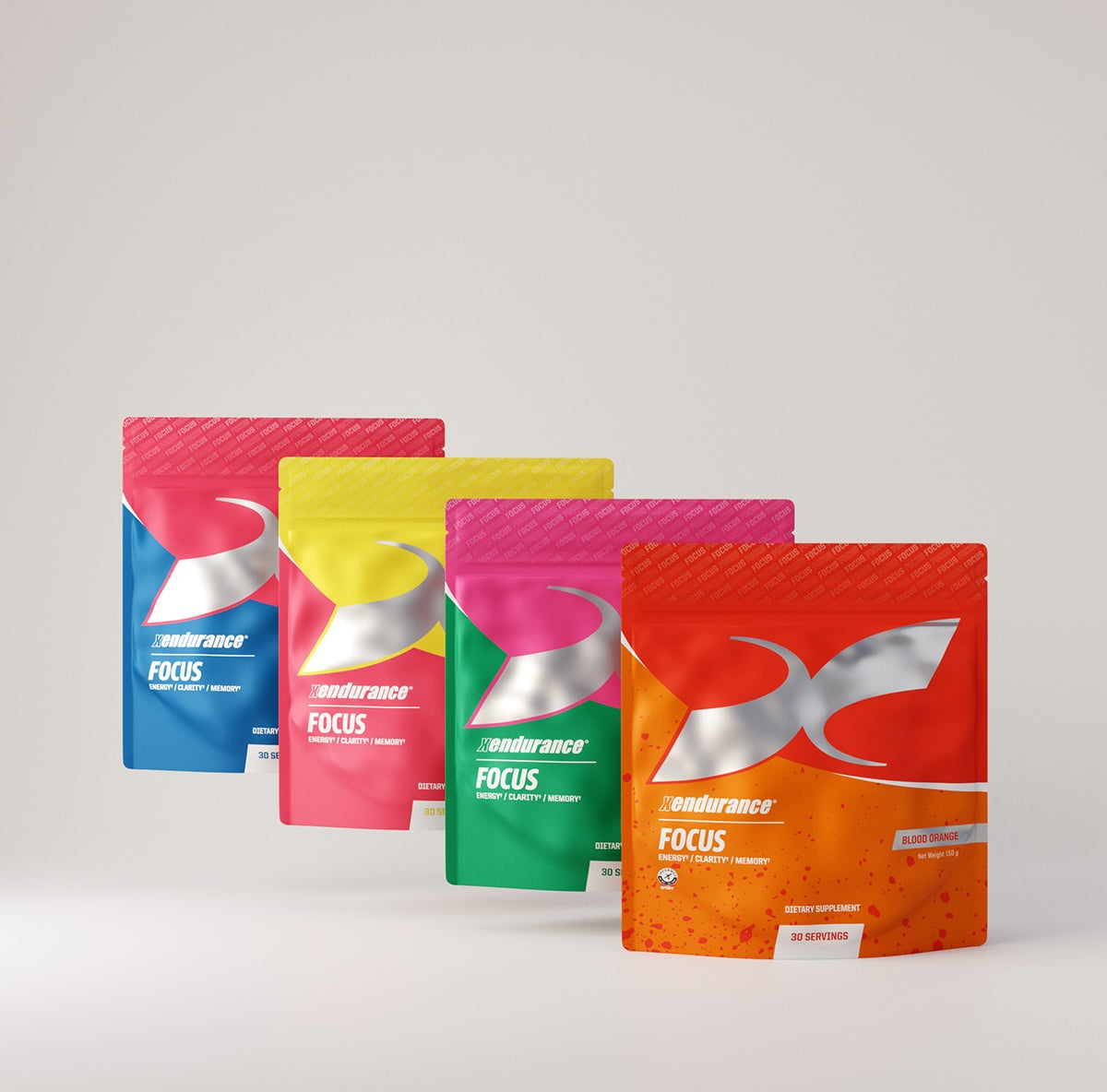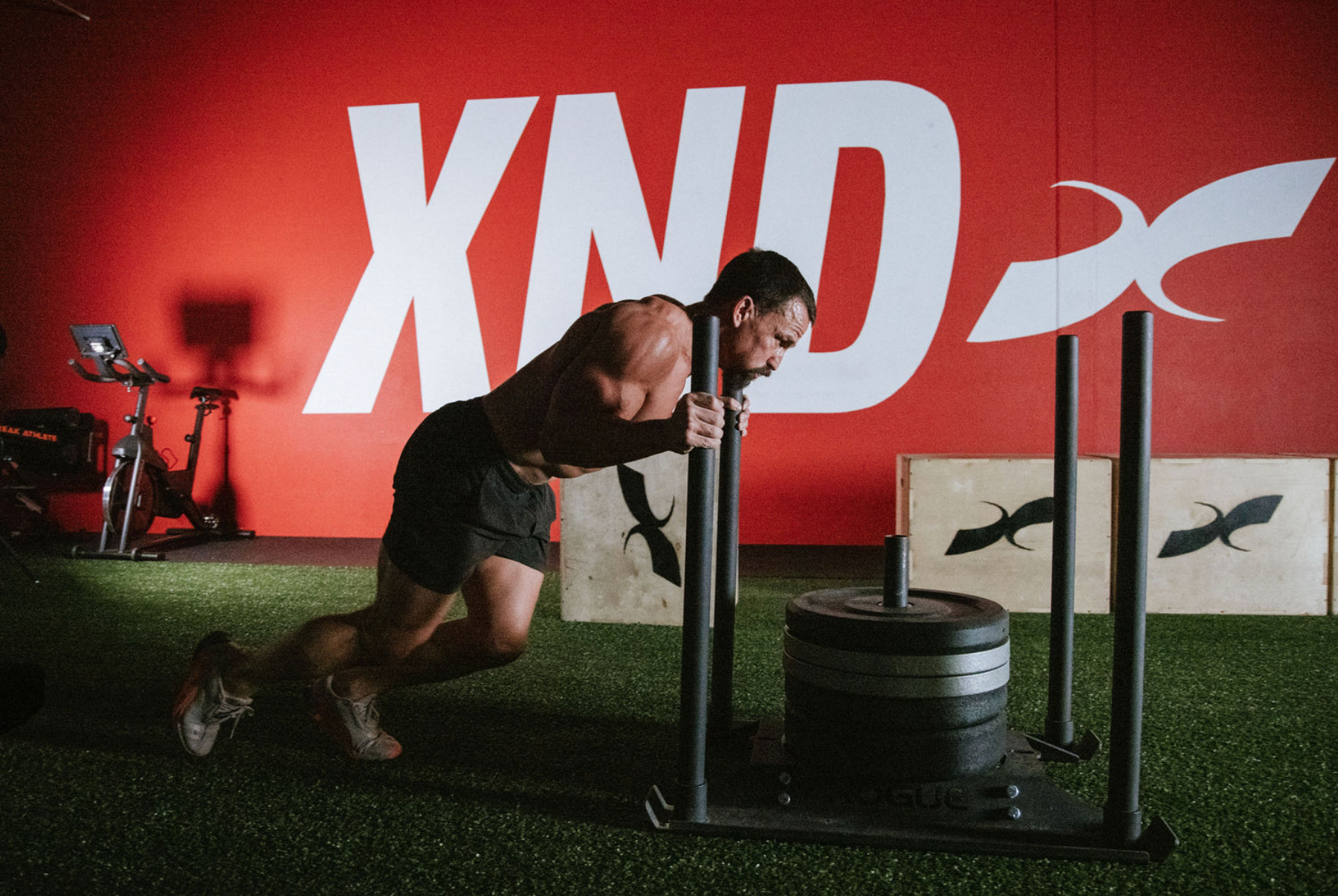High-Intensity Interval Training (HIIT) is a workout methodology that alternates between short, intense bursts of physical activity and periods of rest or lower-intensity exercises. The primary objective of HIIT is to maximize calorie burn and cardiovascular benefits in a short amount of time. Typically, HIIT sessions last anywhere from 15 to 45 minutes, making them an appealing option for individuals with busy schedules.
Unlike traditional steady-state cardio, HIIT focuses on pushing your body to its limits during the high-intensity phases, which leads to a phenomenon known as excess post-exercise oxygen consumption (EPOC). This means your body continues to burn calories even after the workout is complete.
HIIT Techniques
- Tabata: Tabata training is one of the most well-known forms of HIIT. It involves 20 seconds of maximum effort followed by 10 seconds of rest, repeated for eight rounds (totaling four minutes per exercise).
- Pyramid Intervals: In this technique, the duration of high-intensity efforts gradually increases and then decreases, forming a "pyramid." For example, you might sprint for 15 seconds, rest for 15 seconds, then sprint for 30 seconds, rest for 30 seconds, and so on.
- Circuit Training: HIIT circuits combine multiple exercises (e.g., burpees, jump squats, push-ups) performed back-to-back, with short rest intervals in between.
- EMOM (Every Minute on the Minute): Perform a set number of reps for a particular exercise within a minute. Any remaining time within the minute is used as rest before starting the next set.
Aerobic vs. Strength-Resistant Training: Key Differences
- Focuses on endurance and cardiovascular health.
- Typically includes activities like running, cycling, swimming, and walking.
- Sustained effort over an extended period at a moderate intensity.
- Enhances heart and lung capacity, promoting efficient oxygen use.
- Centers on building muscle mass and improving muscular strength and endurance.
- Involves weightlifting, bodyweight exercises, or resistance band training.
- Promotes bone density, joint stability, and metabolic efficiency.
The Synergy Between Aerobic and Strength Training
Combining aerobic and strength-resistant training in a HIIT program provides a well-rounded workout that benefits both cardiovascular health and muscle development. This combination maximizes calorie burn, enhances overall fitness, and reduces the risk of injuries by improving both endurance and strength.
Is HIIT Safe for Any Age?
HIIT can be safe and effective for individuals of various ages and fitness levels when tailored appropriately. However, the following considerations are essential:
- Beginners: Start with moderate-intensity intervals and gradually increase intensity over time.
- Older Adults: Focus on low-impact HIIT exercises like cycling or swimming to minimize joint strain.
- Pre-existing Conditions: Consult with a healthcare provider if you have conditions like heart disease, hypertension, or joint issues.
Proper warm-ups, cool-downs, and form are critical to minimizing the risk of injury. Listening to your body and adjusting intensity as needed ensures safety and effectiveness.
Tips to Start a HIIT Workout
- Set Clear Goals: Determine whether your primary aim is weight loss, strength, endurance, or overall fitness.
- Choose the Right Exercises: Select movements that align with your fitness level and goals, such as jump squats, push-ups, or cycling sprints.
- Warm Up: Prepare your muscles and joints with dynamic stretches or light cardio for 5–10 minutes.
- Monitor Intensity: Use a heart rate monitor or the Rate of Perceived Exertion (RPE) scale to ensure you’re working within the desired intensity range.
- Start Small: Begin with shorter intervals and fewer rounds (e.g., 20 seconds of work, 40 seconds of rest) and progress as your fitness improves.
- Rest and Recovery: Allow adequate recovery between sessions to prevent overtraining and burnout.
Examples of HIIT Workouts
- Bodyweight HIIT Circuit:
- 40 seconds of burpees, 20 seconds rest
- 40 seconds of jump squats, 20 seconds rest
- 40 seconds of push-ups, 20 seconds rest
- Repeat for 3–4 rounds
- Sprint Intervals:
- 30 seconds of all-out sprinting
- 1 minute of walking or light jogging
- Repeat for 10–15 minutes
- Strength and Cardio Combo:
- 20 kettlebell swings, 30 seconds rest
- 10 dumbbell thrusters, 30 seconds rest
- 15 jump lunges, 30 seconds rest
- Repeat for 4–5 rounds
Scientific Evidence Supporting HIIT Benefits
- Improved Cardiovascular Health: A study published in the Journal of the American College of Cardiology found that HIIT significantly improves VO2 max (a measure of cardiovascular fitness) compared to moderate continuous training.
- Enhanced Fat Loss: Research in the Journal of Obesity indicated that HIIT burns more fat in less time compared to traditional cardio. The afterburn effect (EPOC) contributes to sustained calorie burning post-exercise.
- Muscle Preservation: Unlike steady-state cardio, HIIT helps preserve lean muscle mass while reducing body fat. A study in the International Journal of Obesity highlighted this dual benefit.
- Time Efficiency: A review in Sports Medicine demonstrated that 20–30 minutes of HIIT yields similar or superior benefits to 60 minutes of steady-state cardio.
- Mental Health: HIIT has been shown to reduce symptoms of depression and anxiety. A study in Psychiatry Research revealed that short, intense workouts release endorphins, improving mood and reducing stress.
Is HIIT the Game Changer You Have Been Looking For?
High-Intensity Interval Training is a versatile and efficient workout approach suitable for people with varying fitness levels and goals. By combining aerobic and strength-resistant exercises, HIIT delivers a comprehensive workout that improves cardiovascular health, builds strength, and supports fat loss. While it can be adapted for any age, it’s essential to tailor the intensity and exercises to individual capabilities.
Whether you’re looking to get fit quickly, lose weight, or enhance your overall health, HIIT offers a science-backed solution. Start with small steps, prioritize safety, and enjoy the transformative benefits of this dynamic training method.









Leave a comment
This site is protected by hCaptcha and the hCaptcha Privacy Policy and Terms of Service apply.